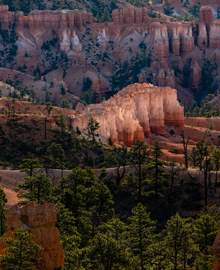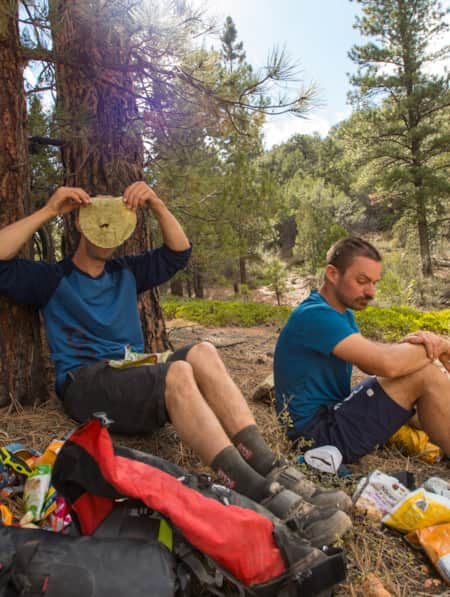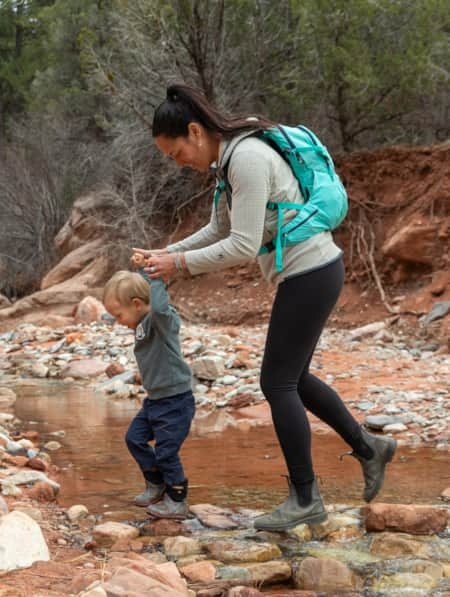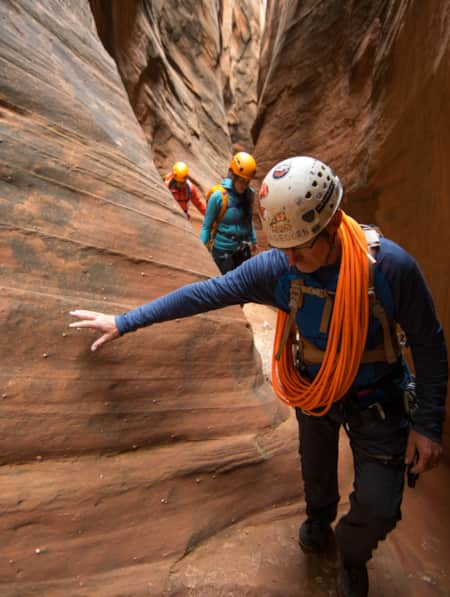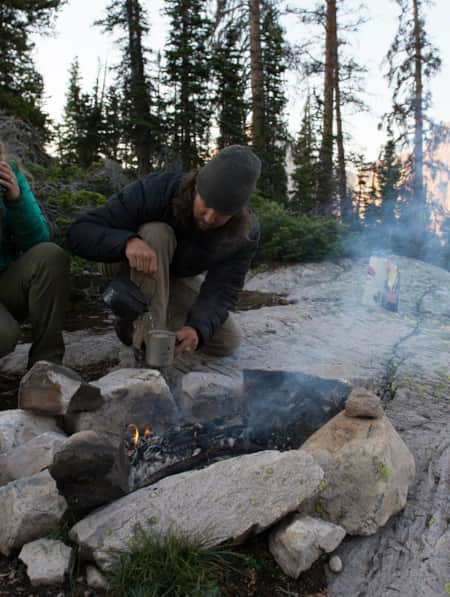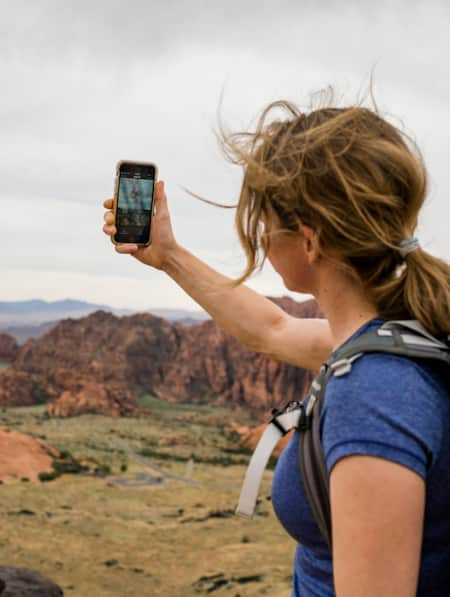Soil Sleuth: Protecting Utah's Living Landscapes
Dr. Jayne Belnap puts Utah’s biocrusts under the microscope
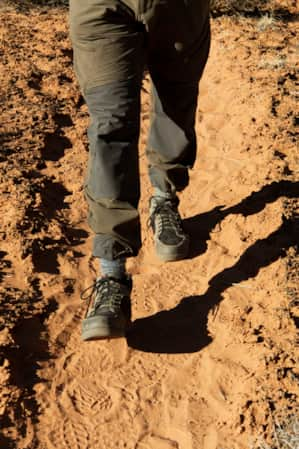
Every time I hike through the deserts of Utah, I notice the soil. Knobby, black bumps line many trails and, if you look closely, you can see little tendrils of color in some spots. These knobby black lumps of soil — along with many less obvious patches — aren't just any soil. They are biological soil crust composed of cyanobacteria, mosses, lichens, green algae, microfungi and bacteria. When trailhead signs say “Don't tiptoe on the crypto,” “Don't bust the crust,” and “In crust we trust,” this is what they are trying to preserve.
Visitors will encounter Utah’s cryptobiotic soils protecting the desert landscapes of Southern Utah, including throughout the Mighty 5 national parks on Utah’s Colorado Plateau and in the West Desert of Utah’s Basin and Range region. It’s in high-traffic areas but also in remote places, from the mesa of Natural Bridges National Monument to backcountry stretches of Glen Canyon National Recreation Area and Grand Staircase-Escalante National Monument.
Dr. Jayne Belnap is one of the world’s top experts on biological soil crusts. I sat down with her at her Moab home to ask about these soils and her work studying them. She’s a research ecologist for the U.S. Geological Survey working out of the Moab field office, and her work takes her all around the world. She studies biocrusts — and everything from plants and fire to invasive species, though much of her work is focused on the effects of surface disturbances.
As we sit on her deck, overlooking acres of cryptobiotic soil, it's easy to see her passion for the topic. Her palpable enthusiasm for biocrusts is evident when she affectionately calls them “crusties” and speaks fervently about protecting them.
We walk around, a warm breeze blowing, as she points out biocrusts around her property. Surrounding her home are a number of scientific research plots. As we walk and chat, she bends to scoop a few stray leaves off one of the sample plots.
“Biocrusts are cute, but they are also vital to these ecosystems,” she says, noting their key ecological role is stabilizing the soil. “There's a lot of bare soil, and if it's not covered by rocks or plants then it will blow and wash away because nothing's stabilizing it. These guys are the only game in town. That's the biggest thing they do and people often don't recognize it.”
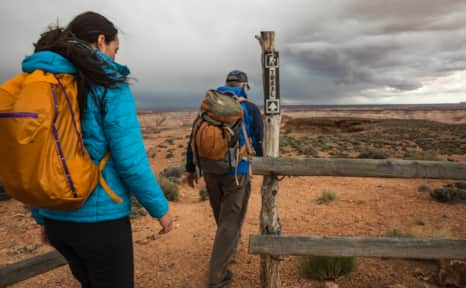
Avoid damaging the fragile soil by staying on marked trails and roads and using existing campsites.
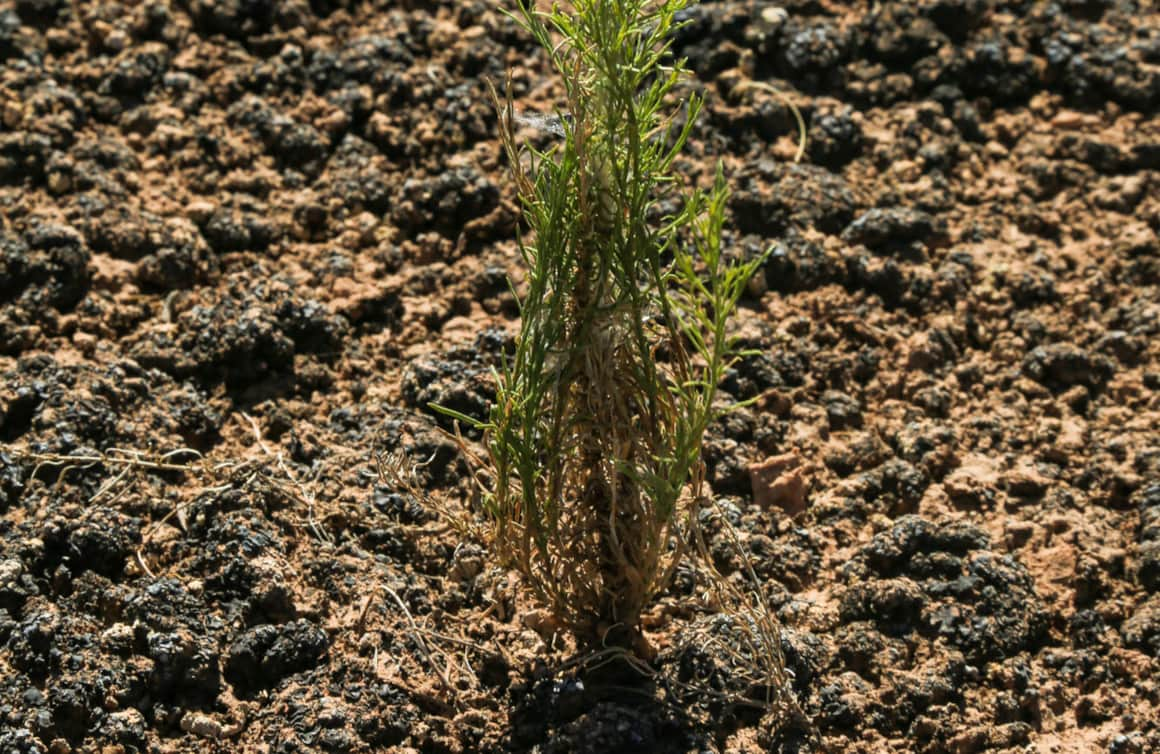
Utah’s cryptobiotic soils — composed of algae, cyanobacteria and microfungi — help protect its desert landscape from erosion.
Don’t Bust the Crust
When soil stability is compromised, large amounts of soil can blow and wash away. This can wreak havoc on ecosystems hundreds of miles away, and even accelerate the melting of ice and snow when they are coated in heat-absorbing dust.
The main threat is surface disturbance and especially compressional disturbances such as vehicles, footprints, hooves, paws or anything that will smash the biocrusts.
“Cars are a little bit more of a problem because of gas tanks,” Belnap says. “People will only go as far as their food and water will carry them, but in a car you can drive a really long ways before you run out of gas.”
She cautions people to stay on the trail, use existing campsites and avoid stepping on fragile soils. And in the event that nature calls and vault toilets are not available, the most responsible option is to pack it out. (Read: "How to Poop in the Outdoors")
“If you're willing to invest just a little bit of extra effort, you hardly have to step on the soil,” she says. “If you're in a group, please follow each other's footprints. The first footprint is the one causing damage, so don't fan out.”
Belnap has discovered that most people who veer off the trail do so in search of a photo opportunity. But she finds that some of the youngest visitors help enforce the “Don't tiptoe on the crypto” mantra.
“The parents kind of blow it off, but the kids will yell at their parents to get back on the trail,” she says. “It's awesome.”
"Biocrusts are cute, but they are also vital to these ecosystems. There's a lot of bare soil, and if it's not covered by rocks or plants then it will blow and wash away because nothing's stabilizing it."
– Dr. Jayne Belnap

Subtle Changes Over Time
When Belnap isn't out in the field studying biocrusts, she spends a lot of time thinking about her variety of projects and their overlapping implications.
Belnap spends a lot of time out in the field, since the area's field season can last up to 10 months of the year. She finds it important to visit her project sites as often as possible since she can notice subtle changes to the sites she's tended for more than 25 years. She notices intricate details, like changing shrub dynamics, that a less familiar eye could easily miss but could be an important part of the puzzle. As we’ll see, the same principle can apply to how we travel.
Many of Belknap’s projects focus on the effects of climate change. She works with “rainout shelters” that keep a percentage of rain off a plot of land to observe the effects as well as warming lamps to see how the ecosystem reacts to increased temperatures. She also studies grazing, dust, the effects of dust on snow (an important issue on the Wasatch Front where snow pack is being affected by dust concentration from the receding Great Salt Lake), and the shifting monsoon season, as well as many other topics.
In addition to her work in the deserts of Utah, Belnap spends a significant amount of time working on international projects and traveling overseas. She's been to every continent and explored everywhere from Antarctica to Mongolia and a variety of African countries, including Kenya, Tanzania, South Africa, and Namibia.
"The main threat is surface disturbance and especially compressional disturbances such as vehicles, footprints, hooves, paws or anything that will smash the biocrusts."
“It would be okay with me if I just kept going forever,” she says. “It's just sweet. We camp out in tents and I like that a lot, much more than staying in any sort of civilized thing. It's quite a delightful experience. It's so quiet. Because when you think about it, there's no quiet around where there are plants. The wind blows them, leaves rustle, when there's plants there's animals making noise. We don't know what silence is until we get there and are like 'oh, I get it.'”
The best part of her job?
“I get to be curious all day long,” she says. “Someone pays me to be curious. Isn’t that awesome or what?”
Belnap’s curiosity has an important parallel in travel.
When visiting any destination, knowing more about the place you’re visiting helps you know where to focus your attention. Meanwhile, slowing down to observe the detail enriches your understanding and helps solidify your memories of the place. Even better, when revisiting a place over the years, you become aware of the way the place changes over time. Even seemingly timeless places like the red rock landscapes of Southern Utah undergo change within our lives. With attention and care, these changes become perceptible and they elevate our appreciation for the places we visit. They become part of the stories we share.

Let's Talk Utah: Protecting Our Living Landscapes
The Killian family, founders of AndShesDopeToo, know first-hand the importance of teaching the next generation on how to be responsible stewards of our delicate desert landscapes. Follow along to learn how you can teach people of all ages to recreate responsibly.
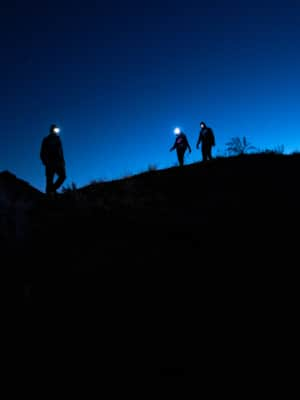
You're Inspired to Go Off the Beaten Path. Now What?
Here’s how to navigate Utah's backcountry safely.
